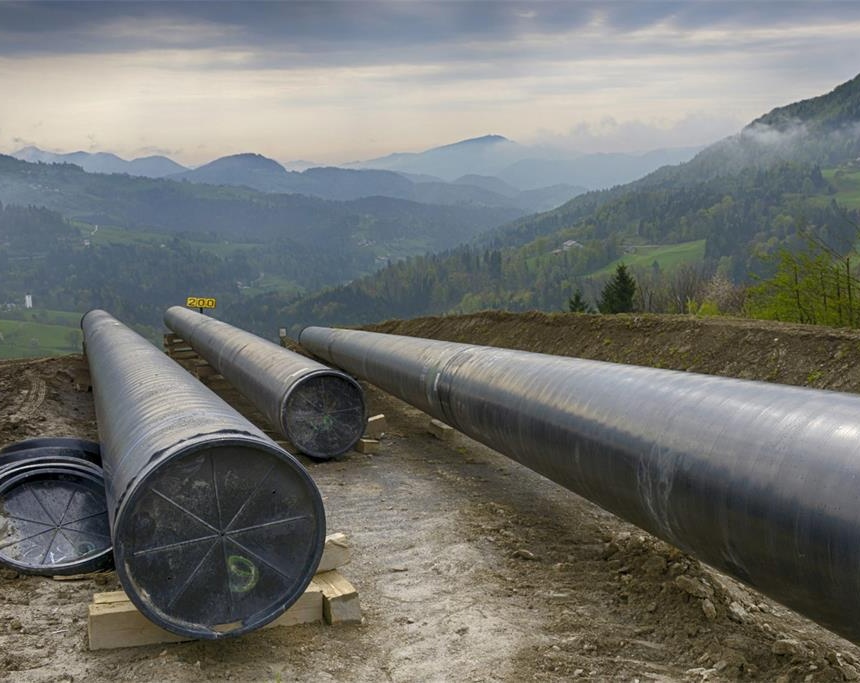
| Project introduction: the owner and operator of the Czech section of the Družba crude oil pipeline and the IKL crude oil pipeline, is the only transporter of crude oil into the Czech Republic. |
| Location Czech Product Value US$1,52,516.41 Product Details ERW, ASTM A53 Contract No. Nansteel201809152536 Date 09.2018 |
How to choose oil pipeline? First of all, we must understand the product structure of oil pipelines (such as ERW steel pipes). Oil pipelines are mainly composed of pipe bodies, pipe joints, seals, supports, etc. The pipe body is the main load-bearing component of the pipeline. It is generally made of high-quality steel or alloy and is lined with wear-resistant materials to meet the requirements of high pressure, high temperature, and low wear. Pipe joints are connecting parts between pipes, usually by flange connection or welding. Seals include various types of valves, sealing rings, etc., used to control and seal the petroleum medium in pipelines. Supports are used to fix and support pipelines to ensure safe operation of pipelines. Secondly, when choosing an oil pipeline, you need to consider the following points: 1. Pipe materials and specifications: Select pipes with appropriate materials and specifications based on actual usage requirements. Taking into account factors such as the chemical properties of petroleum, pressure and temperature, materials that are resistant to corrosion, high temperature, and high pressure are selected. 2. Connection method: Select the appropriate connection method according to actual needs. Flange connection is suitable for occasions with easy disassembly, and welded connection is suitable for occasions with high temperature and high pressure. 3. Sealing performance: Considering sealing performance, select valves and seals with low or zero leakage. 4. Installation and maintenance: Consider the ease of installation and maintenance, and select pipes and components that are easy to install and maintain. |









